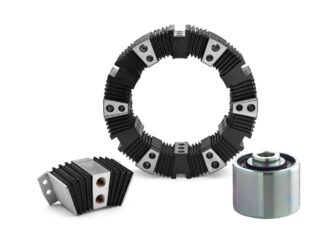
Seen from the satellite, South Australia looks like a reddish spot. In fact, among the six states of the Australian Federation, it is the largest. From above, except for the huge stretch of coastline that includes Adelaide, you can see no green expanses, no large rivers.
The large Torrens Lake is just an expanse of salt. Here the earth is dry and agriculture fights with the scarcity of water. As a result, it is the perfect place to imagine what will happen in an increasingly hot world.
The Future of Agriculture
Agriculture, which is the primary activity sustaining human civilization, is experiencing a dramatic contradiction. On the one hand, it is jointly responsible for the ongoing climate crisis, since production, transport, fertilization, deforestation and livestock farming emit more than 20% of the total greenhouse gas emissions. At the same time, however, it is its main victim.
Now there are no more doubts about the prospect of a constant increase in the average global temperature, as the world is not doing enough to curb emissions of carbon dioxide, methane and nitrous oxide. However, other doubts arise. Will agriculture be able to feed more than nine billion people? A recent study by the CCAFS (a research programme on climate change, agriculture and food security) argues that it will be difficult, but not impossible. We just need to adopt new practices and technologies immediately.
Growing Vegetables in South Australia Desert
In South Australia, an experiment has been carried out that offers a glimpse of the future. In that remote and desert area there is a twenty-hectare greenhouse that produces 15,000 tons of tomatoes a year. The most curious thing, however, is that it uses only two available, renewable resources. That is, sun rays and seawater. The technology developed by Sundrop Farm, which after three years of experimentation is already a commercial success, is actually simple. A large solar concentration plant made up of 23 thousand mirrors provides 39 Megawatts of energy necessary for the plant, but also for the desalination plant. In this way, seawater is used not only to irrigate tomatoes, but also to grow them in a hydroponic crop. The sun and the greenhouse do the rest.
This first experiment is undoubtedly very encouraging. In fact, it is a first step to saving agriculture, but not the only one. It will also be necessary to stop deforestation, reduce food waste (8% of total emissions), adopt improved varieties, and reduce the consumption of water and fertilizers. In addition, the human diet will also have to change, because the current consumption of meat is already largely unsustainable.




